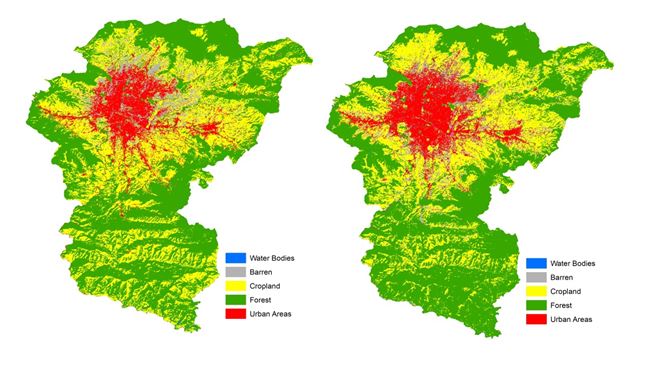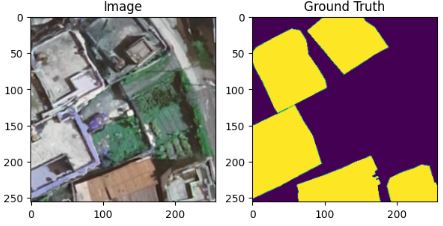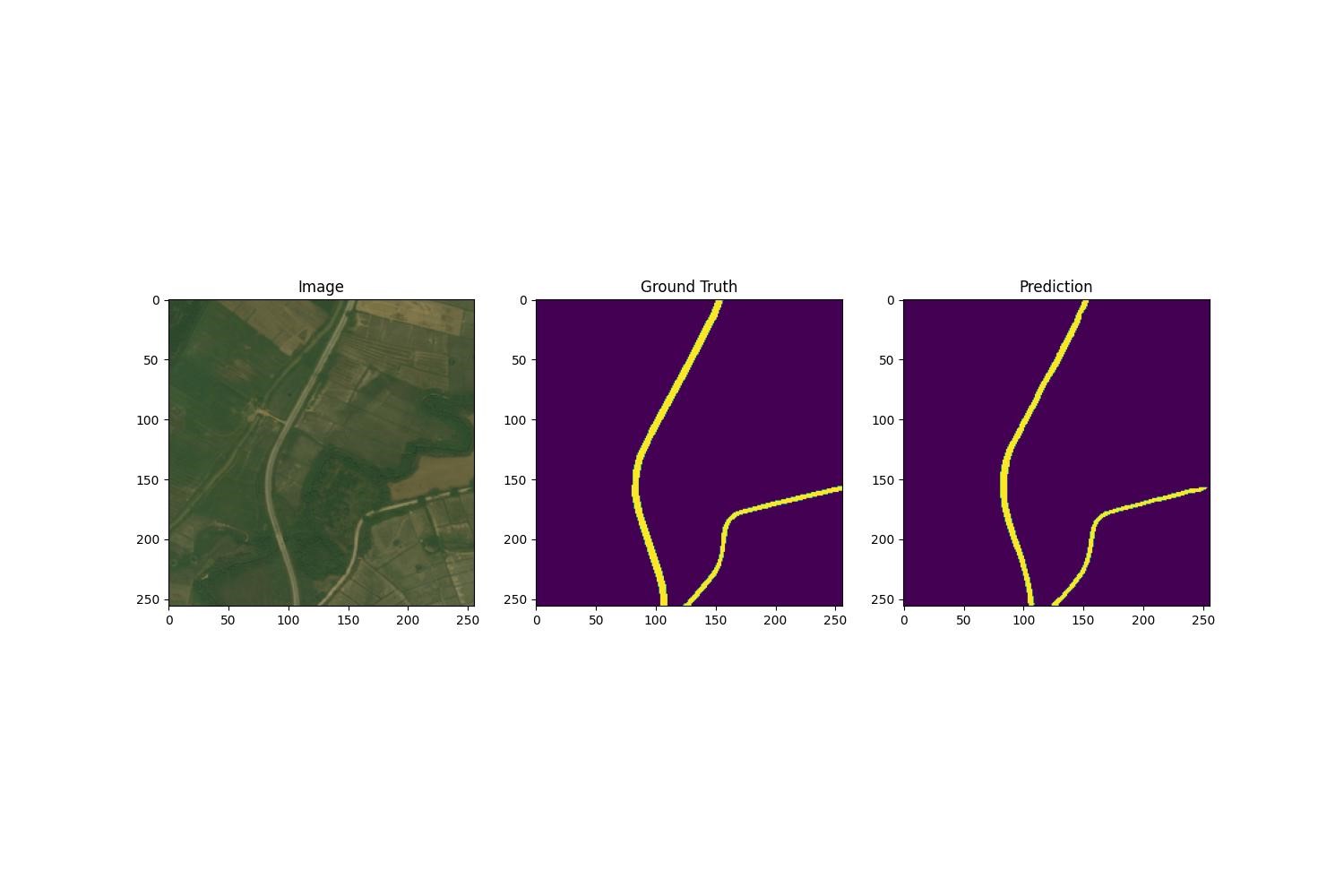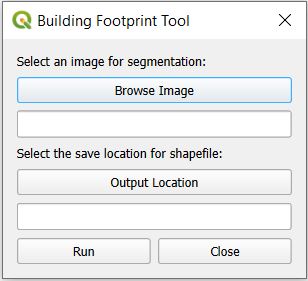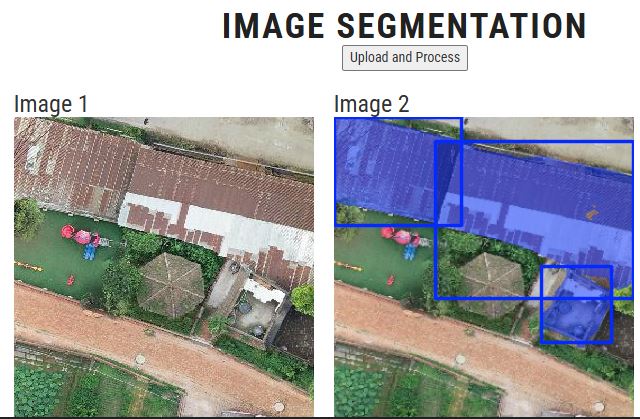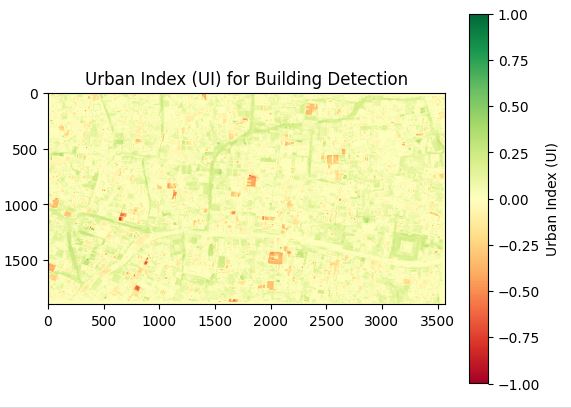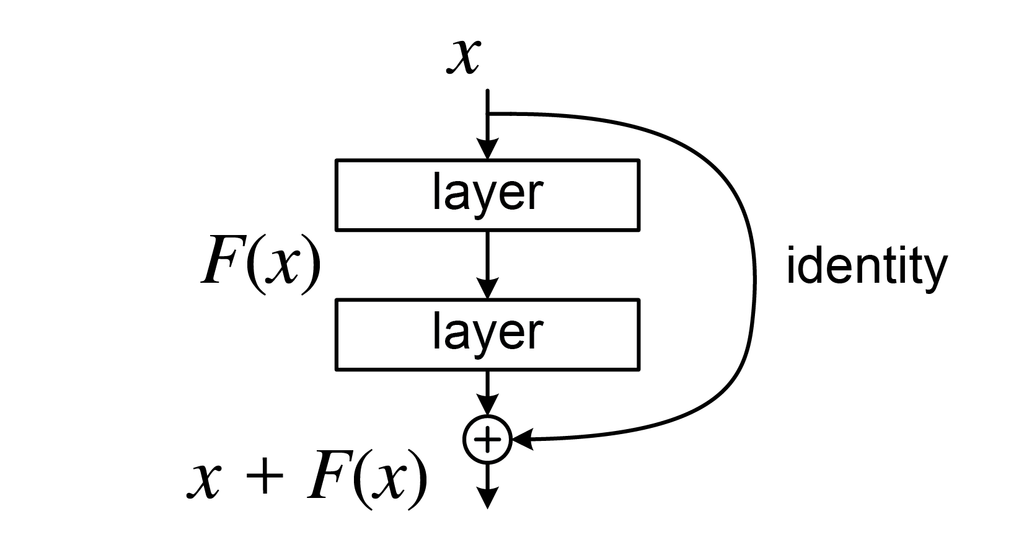- Home
- Geospatialblog
- Spectral indices in Google Earth Engine
Spectral indices in Google Earth Engine
Published Date: Sept. 23, 2024, 4:24 p.m. || Abin Prajapti 708 views

In Google Earth Engine (GEE), spectral indices are mathematical combinations of different spectral bands from satellite imagery that enhance specific surface properties such as vegetation health, water bodies, or burned areas. It is computed from multiband images by adding and subtracting bands therby making various band ratio.
These indices help in remote sensing analysis, modelling, and predicting by simplifying the interpretation of multi-spectral data.
Criteron of a spectral index
- Maximize the sensitivity of certain surface feature
- Normalize or reduce effects
- Link specific and measurable surface processes
Some common spectral indices and how they can be calculated in GEE:
1. Normalized Difference Vegetation Index (NDVI)
NDVI is a widely used index to measure vegetation health by comparing near-infrared (NIR) and red bands. It is a standard method for comparing the vegetaion greeness from satellite which explains the density of vegetation. Values of NDVI ranges between -1 to +1, values close to +1 denotes good health of vegetation.
var ndvi = image.normalizedDifference(['B8', 'B4']).rename('NDVI');
2. Enhanced Vegetation Index (EVI)
EVI improves sensitivity to high biomass regions and reduces atmospheric influences by including the blue band.
var evi = image.expression( '2.5 * ((NIR - RED) / (NIR + 6 * RED - 7.5 * BLUE + 1))', { 'NIR': image.select('B8'), 'RED': image.select('B4'), 'BLUE': image.select('B2') }).rename('EVI');
3. Normalized Difference Water Index (NDWI)
NDWI is used to detect water bodies by comparing green and near-infrared bands.
var ndwi = image.normalizedDifference(['B3', 'B8']).rename('NDWI');
4. Modified Normalized Difference Water Index (MNDWI)
MNDWI uses the shortwave infrared (SWIR) band instead of the NIR to enhance the detection of water bodies in urban areas.
var mndwi = image.normalizedDifference(['B3', 'B11']).rename('MNDWI');
5. Normalized Burn Ratio (NBR)
NBR is used to detect burned areas by comparing the near-infrared (NIR) and shortwave infrared (SWIR) bands.
var nbr = image.normalizedDifference(['B8', 'B12']).rename('NBR');
6. Soil-Adjusted Vegetation Index (SAVI)
SAVI adjusts NDVI for areas with sparse vegetation by introducing a soil brightness correction factor LLL, typically L=0.5L = 0.5L=0.5.
var savi = image.expression( '((NIR - RED) / (NIR + RED + 0.5)) * (1 + 0.5)', { 'NIR': image.select('B8'), 'RED': image.select('B4') }).rename('SAVI');
7. Atmospherically Resistant Vegetation Index (ARVI)
ARVI is similar to NDVI but includes the blue band to correct atmospheric effects.
var arvi = image.expression( '(NIR - (2 * RED - BLUE)) / (NIR + (2 * RED - BLUE))', { 'NIR': image.select('B8'), 'RED': image.select('B4'), 'BLUE': image.select('B2') }).rename('ARVI');
8. Bare Soil Index (BSI)
BSI helps identify bare soil by combining the red, NIR, and SWIR bands.
var bsi = image.expression( '((SWIR + RED) - (NIR + BLUE)) / ((SWIR + RED) + (NIR + BLUE))', { 'SWIR': image.select('B11'), 'RED': image.select('B4'), 'NIR': image.select('B8'), 'BLUE': image.select('B2') }).rename('BSI');
Some application of spectral indices are:
- Vegetation mapping and monitoring
- Biomass mapping, modelling and estimation
- Crop health monitoring and predicting crop yield
- Vegetation health/ Stress
- Biodiversity assessment
- Forest Health Monitoring
- Soil and Land Cover Analysis
- Water Resource Management
- Disaster Mangement
- Climate Change Studies
